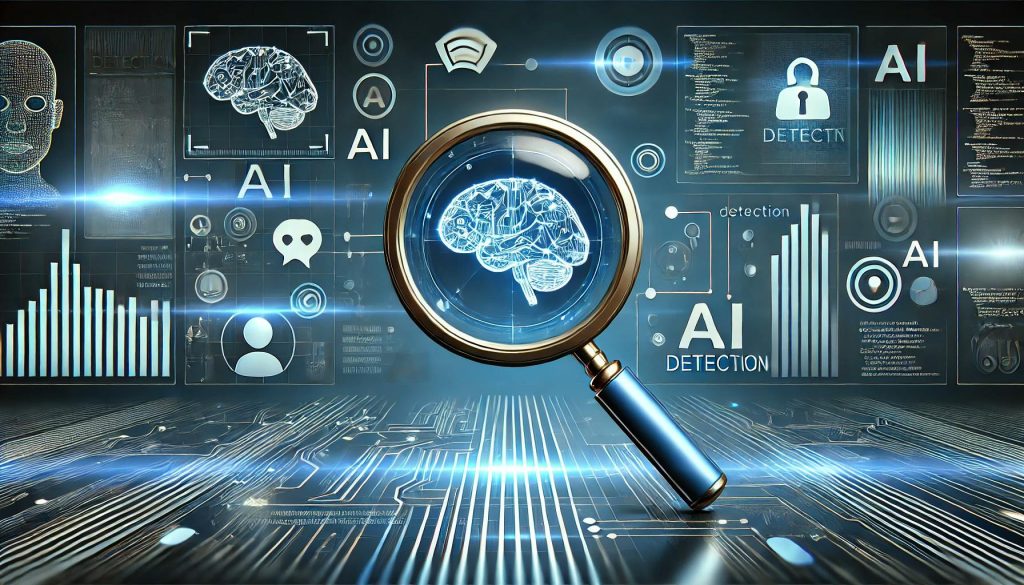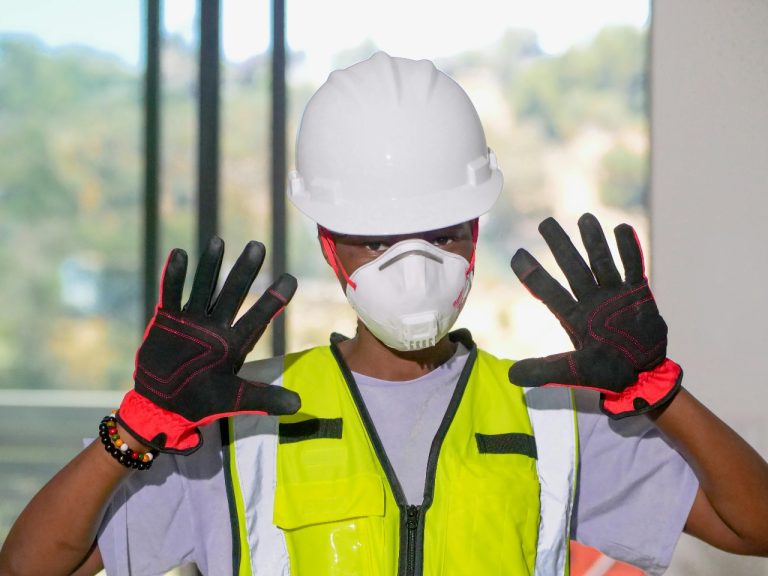
Why Basic Plagiarism Checkers Are Not Enough
In today’s fast-paced world, content creation is more important than ever. Whether you are an academic, a blogger, or a professional writer, the pressure to produce original and high-quality work is constant. This is where a plagiarism checker becomes essential. However, not all plagiarism checkers are created equal. While basic tools may be sufficient for identifying direct copying, they fail to detect more subtle forms of plagiarism, such as paraphrasing, AI-generated content, and recycled ideas from previously published material. This limitation makes it necessary to use a plagiarism checker that goes beyond the basics, one that can handle the complexities of modern content creation.
A basic plagiarism checker typically matches phrases or sentences against a database of existing content, highlighting exact text overlaps. While this can be useful for spotting obvious cases of plagiarism, it often misses the more intricate forms. Writers and content creators today use advanced techniques like rewording, restructuring sentences, and even generating content with AI tools. Basic plagiarism checker are not equipped to handle these challenges, leaving many instances of plagiarism undetected. To truly safeguard originality and prevent content theft, a more sophisticated plagiarism checker is required.
Advanced Detection Features of a Comprehensive Plagiarism Checker
A plagiarism checker that goes beyond the basics offers a more robust set of features designed to detect complex instances of plagiarism. These tools incorporate advanced algorithms, artificial intelligence, and natural language processing (NLP) technologies to provide in-depth analysis of the text. Unlike basic tools that focus on finding direct matches, these advanced plagiarism checkers examine the context, structure, and meaning of the content, making it possible to identify instances of paraphrasing, rewording, and even AI-generated content.
One key feature that separates a comprehensive plagiarism checker from basic ones is the ability to identify paraphrased content. While basic checkers may overlook this type of plagiarism, advanced tools analyze sentence structure, word choice, and phrasing to determine whether an idea or concept has been borrowed from another source, even if it’s been reworded. This is particularly important as more and more content creators turn to AI tools that can generate text based on pre-existing material, making it difficult for traditional tools to catch.
AI and Machine Learning Integration in Plagiarism Checkers
With the rise of artificial intelligence (AI) in content creation, a plagiarism checker must evolve to stay relevant. AI-generated content is often sophisticated and designed to mimic human writing styles, making it harder for basic tools to flag as plagiarized. However, with the integration of AI and machine learning technologies, a modern plagiarism checker can now detect AI-written content by analyzing patterns, sentence construction, and even the nuances of writing style that distinguish human authors from machines.
Machine learning algorithms can detect subtle similarities in content generation, even when the AI text has been carefully paraphrased or restructured. This ability to spot AI-generated plagiarism makes such a plagiarism checker invaluable for writers, editors, and educators who need to ensure the originality of their work in an age where content generation tools are widely accessible. By utilizing advanced AI detection capabilities, these tools help maintain academic integrity and uphold ethical standards in professional writing.
Benefits of Using an Advanced Plagiarism Checker
The most obvious benefit of using a plagiarism checker that goes beyond the basics is the ability to identify a wider range of plagiarism types. This means that whether you’re checking a research paper, a blog post, or a corporate report, you can be confident that your content is original and free from unintentional or deliberate copying.
In addition to providing deeper and more accurate plagiarism detection, advanced tools also offer more detailed reports. These reports not only highlight where the plagiarism occurs but also give you an in-depth look at how to resolve the issue. A high-quality plagiarism checker can provide the specific sentences or sections that have been flagged, allowing writers and editors to make precise changes and ensure their content is fully compliant with originality standards.
Furthermore, these tools often offer bulk checking capabilities, making them ideal for professionals who need to scan large volumes of content quickly. Whether you are managing a team of writers or reviewing multiple research papers, an advanced plagiarism checker can save significant time while providing reliable results.
The Role of a Comprehensive Plagiarism Checker in Maintaining Content Integrity
As the digital world becomes more interconnected, the importance of content integrity has never been greater. Websites, publications, and educational institutions are all under pressure to maintain high standards of originality. A plagiarism checker that goes beyond the basics helps organizations and individuals ensure that their content meets these standards.
By using a tool that not only detects direct copying but also identifies paraphrased ideas and AI-generated passages, content creators and organizations can protect their reputation. A comprehensive plagiarism checker helps build trust with readers, clients, and customers by ensuring that the content they receive is genuinely original. For editors, this means no longer having to worry about missed instances of plagiarism, even when working with complex, AI-driven content.
Future-Proofing with Advanced Plagiarism Detection Tools
In a world where content creation is increasingly driven by technology, the need for a plagiarism checker that adapts to new challenges is critical. Basic plagiarism tools simply cannot keep up with the evolving landscape of digital content. As more content is generated by artificial intelligence, the need for advanced detection capabilities will only grow.
A plagiarism checker that uses cutting-edge AI and machine learning will be well-equipped to identify these challenges, offering accurate results even as content creation practices evolve. By investing in a tool that goes beyond the basics, content creators, educators, and businesses can future-proof their content integrity efforts and stay ahead of the curve when it comes to plagiarism detection.
Conclusion
In a time when content creation is at the forefront of communication, ensuring the originality of your work is more important than ever. Basic plagiarism checkers simply aren’t enough to detect the full range of potential plagiarism, from paraphrased text to AI-generated content. By choosing a plagiarism checker that goes beyond the basics, content creators can rest assured that their work is thoroughly reviewed for any signs of duplication or unethical practices. With advanced detection capabilities, AI and machine learning integration, and detailed reporting, these tools offer a comprehensive solution to the challenges of modern plagiarism detection. For anyone serious about maintaining high standards of originality and integrity in their work, an advanced plagiarism checker is essential.



